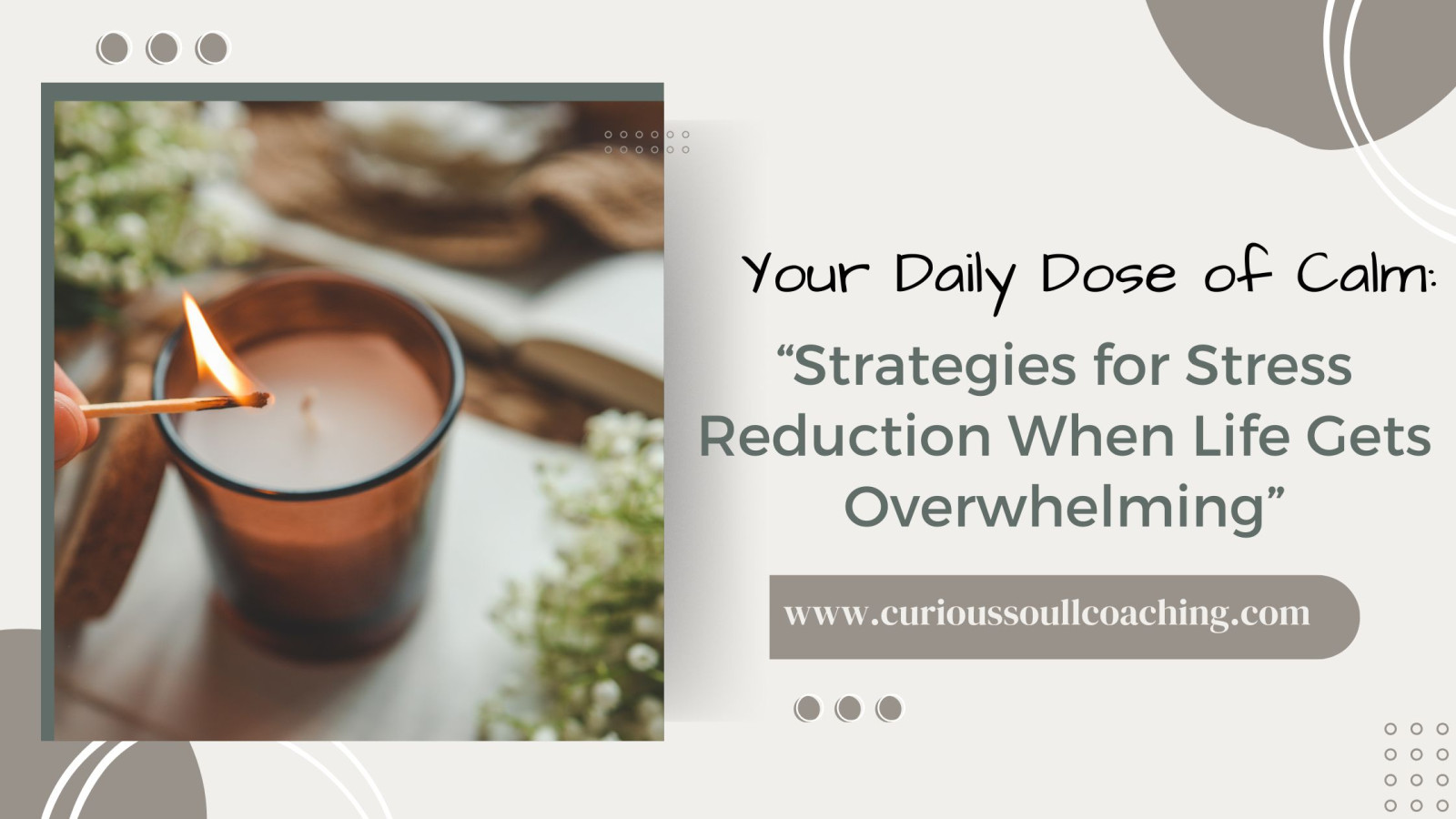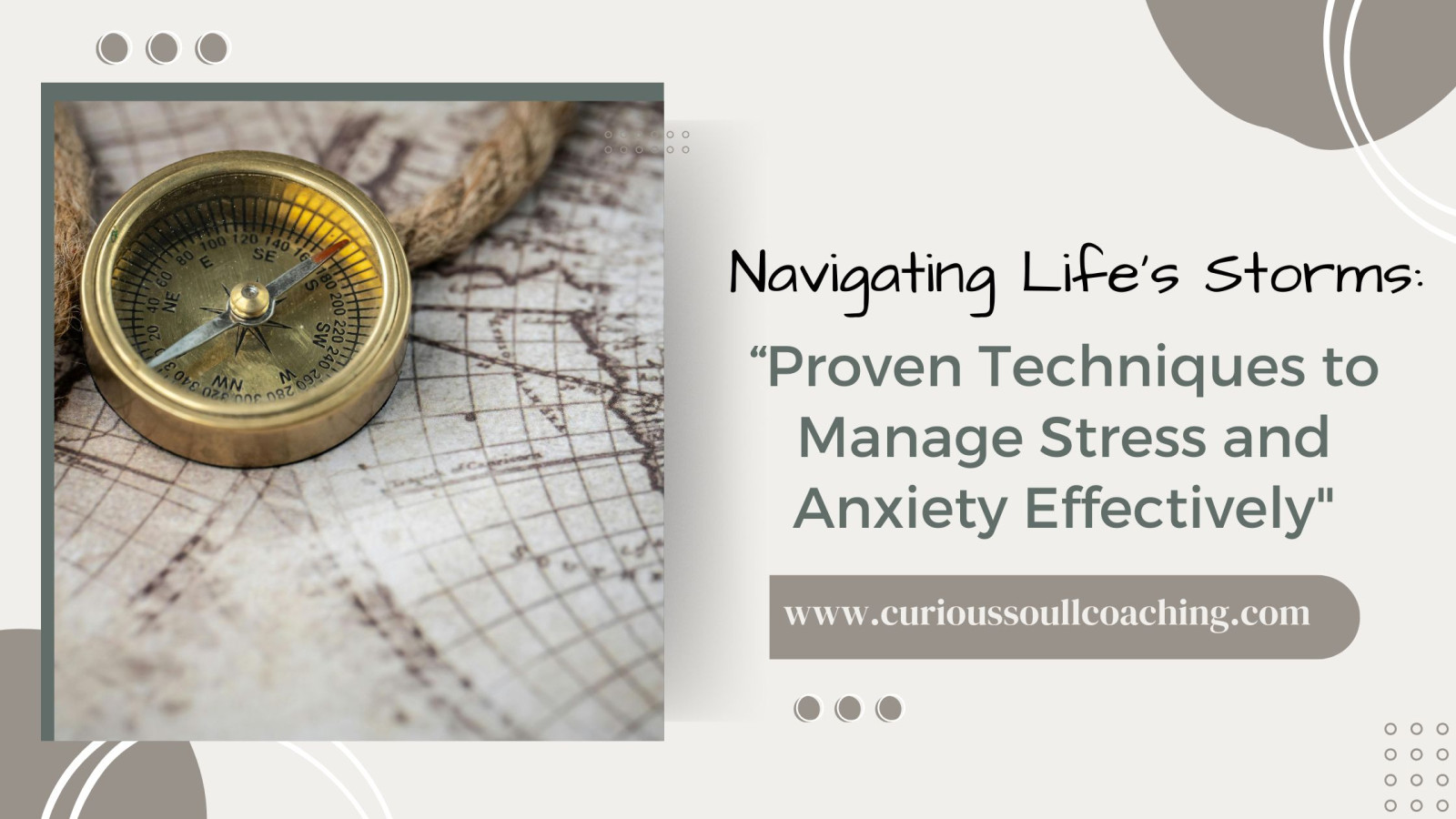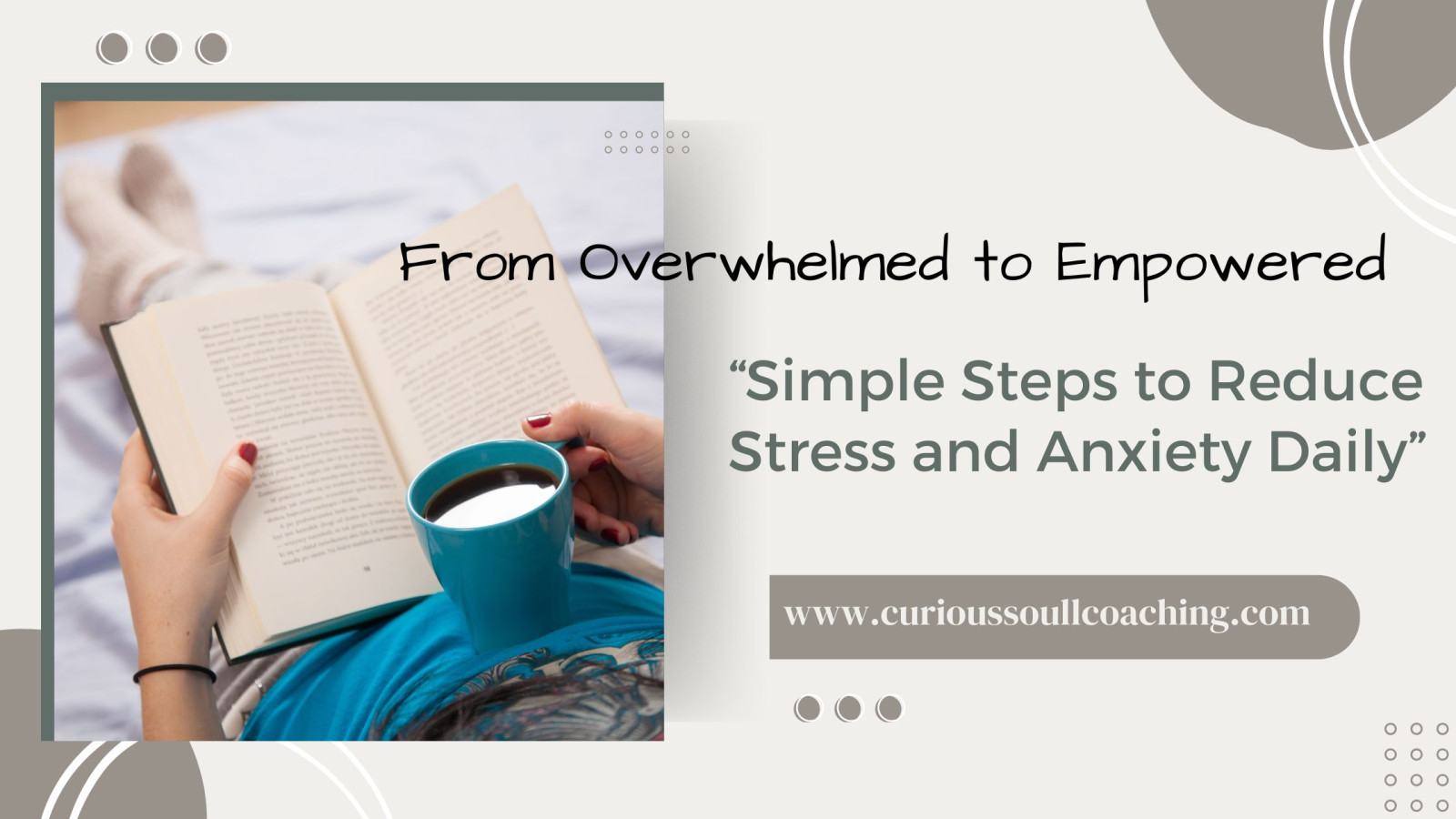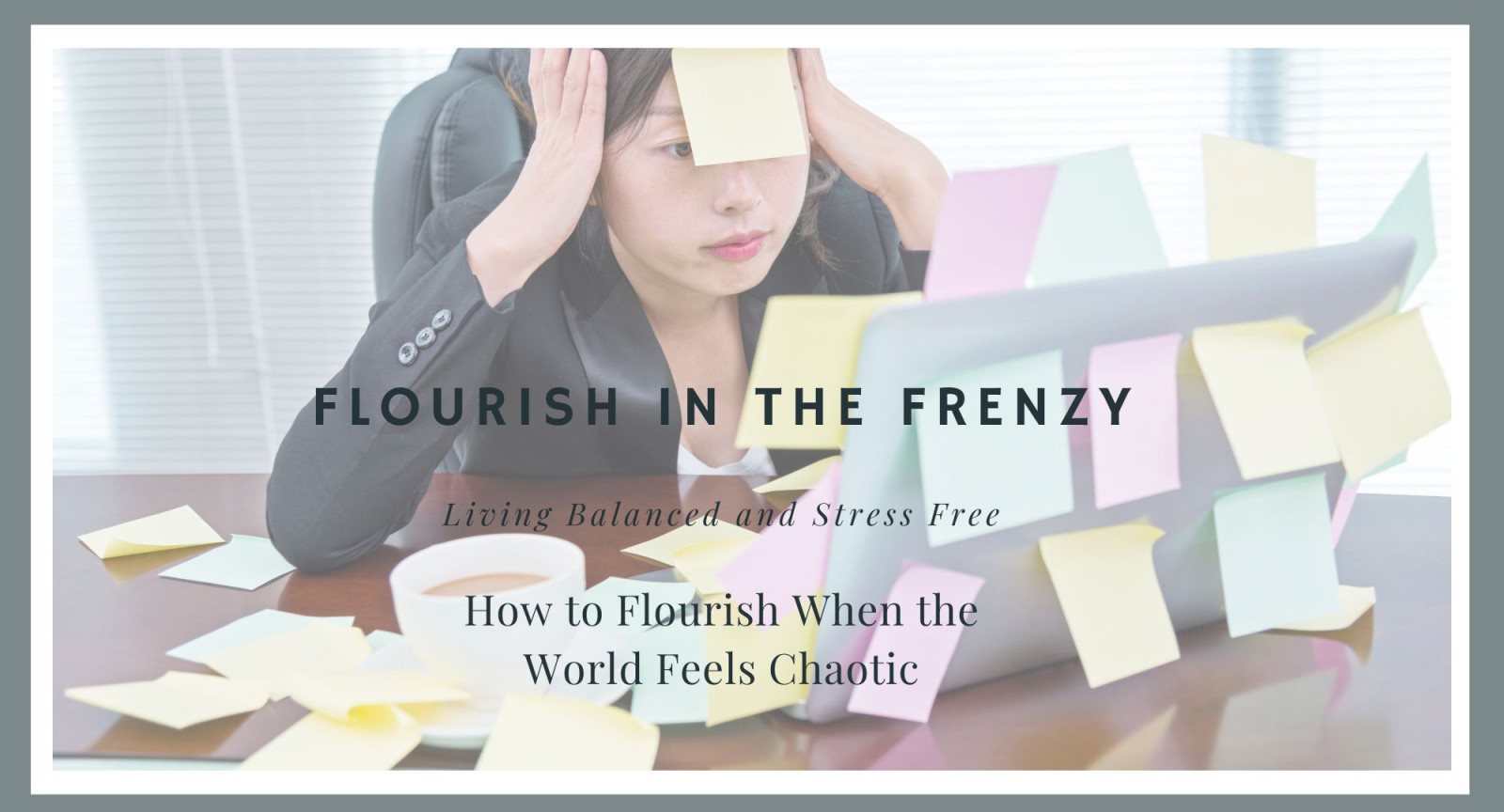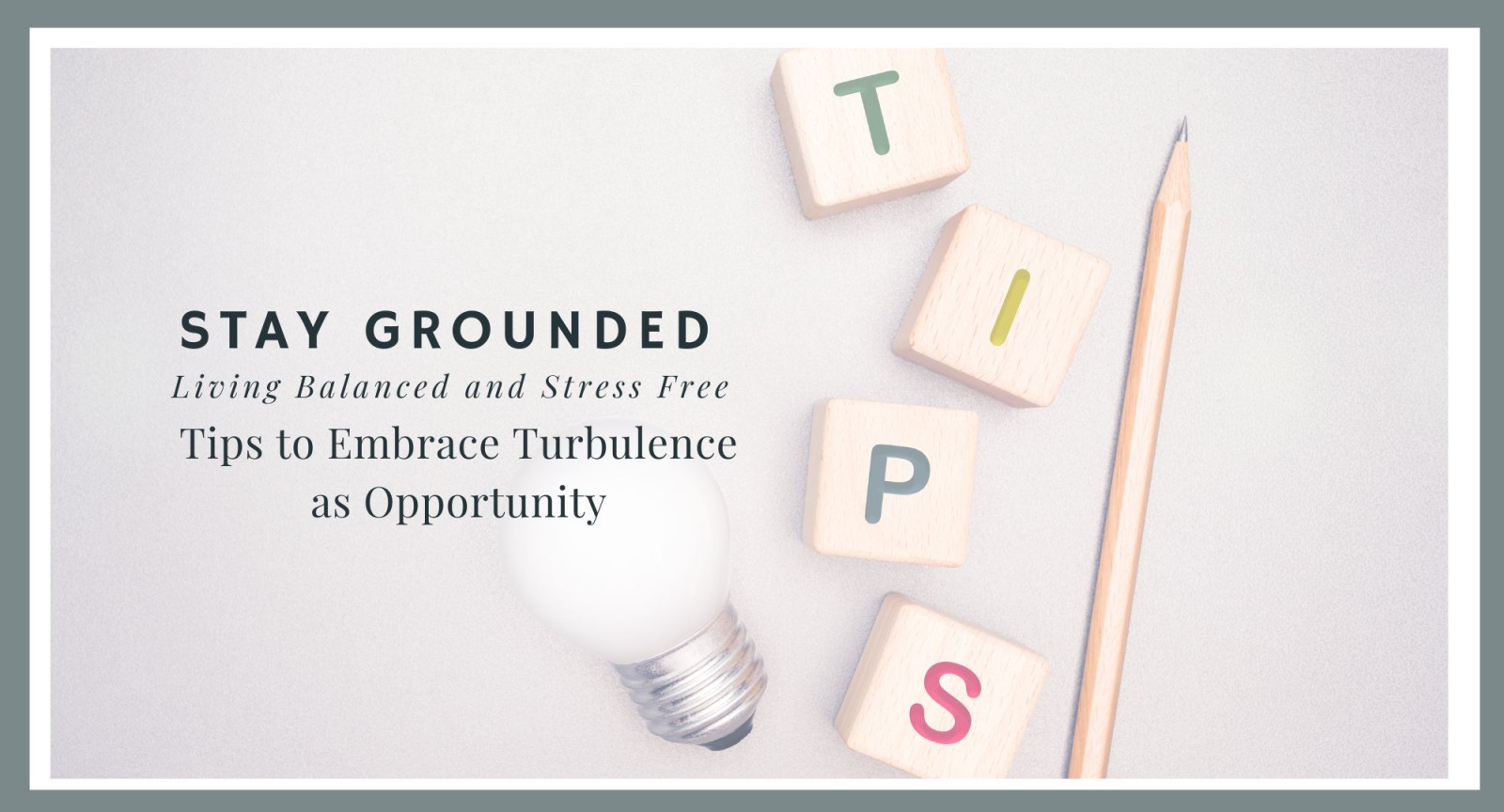
Let’s be real: life can feel like a juggling act with flaming swords. Between your career, family, friendships, fitness goals, finances, faith, and just trying to have a little fun—you might be wondering, “How does anyone keep it all together without losing their mind?”
The truth is, balance isn’t about doing everything perfectly. It’s about creating alignment between what matters most to you and how you actually spend your time and energy. As a mindset and thought coach, I help people like you take back control of their emotional, mental, and physical wellness with real, actionable steps—no fluff, no overwhelm.
Today, we’re diving into how you can bring harmony to the seven key areas of life by getting clear on your personal values, developing a life vision, and setting daily goals that work for you.
Why These 7 Areas Matter
Before we get into the “how,” let’s talk about the “why.” The 7 key areas—family, fitness, finance, career, fun, friends, and faith—make up the core of your everyday experience. When one of these areas is off, it can throw your whole system out of whack.
Ever tried focusing on your job when your finances are stressing you out? Or enjoyed time with friends when you’re feeling spiritually disconnected? It’s tough.
That’s why balance doesn’t mean equal—it means intentional. Ready to learn how? Let’s do this.
Step 1: Start With Your Values
You can’t create balance if you don’t know what you truly value. Not what society says you should value—but what actually lights you up.
Try this:
List out the 7 life areas: family, fitness, finance, career, fun, friends, and faith.
Next to each one, jot down 1–2 words that reflect your personal value in that area. For example:
List out the 7 life areas: family, fitness, finance, career, fun, friends, and faith.
Next to each one, jot down 1–2 words that reflect your personal value in that area. For example:
- Family: Connection, Quality Time
- Fitness: Energy, Strength
- Finance: Freedom, Security
- Career: Purpose, Growth
- Fun: Adventure, Play
- Friends: Support, Laughter
- Faith: Peace, Trust
These words become your compass. When your choices align with these values, you create flow instead of friction.
Step 2: Craft Your Life Vision
Now that you’ve identified your values, it's time to imagine what a balanced life looks and feels like.
Ask yourself:
- What would a deeply connected family life look like?
- How do I want to feel in my body?
- What kind of financial life gives me peace?
- What’s the purpose behind my work?
- What’s my definition of fun?
- Who are the kinds of friends I want in my circle?
- What does a nourishing faith practice look like to me?
Write a short paragraph for each area that paints a picture of your ideal. This doesn’t have to be perfect—just honest. This is your vision board in words.
Step 3: Set Simple, Daily Action Steps
Big goals are exciting, but daily action is what builds the dream. Let’s break your vision down into micro-moves.
Here are beginner-friendly ideas to get started:
Family
Action: Schedule a 15-minute check-in with your partner or kids each day.
Why it works: It builds connection and presence without requiring hours of time.
Why it works: It builds connection and presence without requiring hours of time.
Fitness
Action: Move your body for just 10 minutes each morning—walk, stretch, dance, anything!
Why it works: Consistency is more powerful than intensity when building habits.
Why it works: Consistency is more powerful than intensity when building habits.
Finance
Action: Spend 5 minutes reviewing your bank account and categorizing your spending.
Why it works: Awareness is the first step to freedom.
Why it works: Awareness is the first step to freedom.
Career
Action: Start each workday with a “Top 3” priorities list.
Why it works: It creates focus and reduces overwhelm.
Why it works: It creates focus and reduces overwhelm.
Fun
Action: Add one playful thing to your week—game night, hobby time, silly YouTube videos.
Why it works: Joy isn’t a reward; it’s a resource.
Why it works: Joy isn’t a reward; it’s a resource.
Friends
Action: Text one friend today to say “thinking of you.”
Why it works: Connection doesn’t always need long phone calls or meetups. Little moments matter.
Why it works: Connection doesn’t always need long phone calls or meetups. Little moments matter.
Faith
Action: Start or end your day with 3 minutes of silence, prayer, or reflection.
Why it works: It creates space to connect with something bigger than the daily grind.
Why it works: It creates space to connect with something bigger than the daily grind.
Step 4: Track Progress Without the Pressure
Balance isn’t a destination—it’s a rhythm. So celebrate your effort, not just your outcomes.
Use a simple weekly tracker:
- Check off which of the 7 areas you showed up for, even in the smallest way.
- Reflect: What felt good? What felt out of sync?
- Adjust: What can you shift next week to feel more aligned?
This turns balance into a practice instead of a pressure.
Step 5: Keep It Playful and Personal
Life is messy. Some weeks you’ll crush it in your career and barely squeeze in a workout. Other times, you’ll laugh your way through a girls’ night but miss your meditation practice.
That’s okay.
Balance doesn’t mean being perfect in every area every day. It means you’re paying attention—and making choices based on your values, not just your obligations.
Ready to Take the Next Step?
If this post lit a spark in you, imagine what’s possible when you have guidance, accountability, and personalized tools designed just for you.
Let’s make it real.
I’m offering a free 30-minute wellness consult to help you map out a plan that works for your life—not someone else’s version of success.
I’m offering a free 30-minute wellness consult to help you map out a plan that works for your life—not someone else’s version of success.
Click HERE to book your free session and let’s start creating your version of balance—one powerful, peaceful step at a time.
You don’t have to do this alone. And you definitely don’t have to keep spinning your wheels. Let’s build a life you love—together.
In today’s fast-paced world, stress and chaos seem to be constants in our daily lives. From overwhelming workloads to personal challenges, it can feel like we are constantly fighting an uphill battle to maintain balance. The good news is that true peace isn’t found in external circumstances—it’s something we can cultivate within ourselves. By creating an inner sanctuary, we develop the ability to stay calm and grounded no matter what life throws our way.
Your inner sanctuary is a mental and emotional space where you can retreat, recharge, and realign. It’s a practice of fostering resilience, reframing negative thoughts, and taking actionable steps to nurture your emotional, mental, and physical well-being. In this post, we’ll explore how to shift your mindset, reduce stress, and create a lasting sense of inner peace—even in the most chaotic times.
REFRAMING NEGATIVE THOUGHTS: A KEY TO INNER PEACE
One of the biggest barriers to inner peace is negative thinking. When we allow negative thoughts to spiral, they can consume our energy and create unnecessary stress. However, by learning to reframe these thoughts, we can shift our mindset and cultivate a greater sense of control over our emotions.
1. Identify Your Negative Thought Patterns
The first step in reframing negative thoughts is recognizing when they arise. Common negative thought patterns include:
- Catastrophizing – Expecting the worst-case scenario in every situation.
- Black-and-White Thinking – Seeing things as either all good or all bad, with no in-between.
- Personalization – Taking responsibility for things outside of your control.
- Filtering – Focusing only on the negatives while ignoring the positives.
By identifying these patterns, you can begin to challenge and change them.
2. Challenge The Thought
Once you recognize a negative thought, ask yourself:
- Is this thought based on facts or assumptions?
- What evidence do I have that this thought is true?
- What is a more balanced way of looking at this situation?
For example, if you think, “I’m terrible at my job and will never succeed,” challenge it with evidence: “I have received positive feedback before, and I am always improving.”
3. Replace With Empowering Thoughts
Reframing is not about ignoring challenges but about shifting your perspective to one that serves you better. Instead of “I always fail,” reframe it to “I learn and grow from my experiences.”
Practicing this regularly helps rewire your brain to adopt more positive and empowering thought patterns, leading to a more peaceful state of mind.
ADDITIONAL STRATEGIES FOR CULTIVATING YOUR INNER SANCTUARY
1. Create A Daily Mindfulness Practice
Mindfulness helps you stay present and prevents your mind from getting caught in stress-inducing thoughts. Try these mindfulness techniques:
- Deep Breathing – Inhale deeply through your nose, hold for a few seconds, and exhale slowly.
- Meditation – Even five minutes of meditation a day can bring clarity and calm.
- Gratitude Practice – Write down three things you are grateful for each day to shift focus from stress to appreciation.
2. Set Healthy Boundaries
Learning to say “no” and setting boundaries is essential for maintaining inner peace. Protect your energy by limiting interactions with people or situations that drain you.
3. Engage In Physical Movement
Physical activity is one of the best ways to release stress. Whether it’s yoga, walking, dancing, or stretching, moving your body helps clear your mind and reset your emotions.
4. Prioritize Self-Care
Self-care isn’t a luxury—it’s a necessity. Schedule time for activities that nourish you, such as reading, journaling, taking a bath, or engaging in a hobby you love.
5. SURROUND YOURSELF WITH POSITIVITY
The people you spend time with and the content you consume have a significant impact on your mindset. Choose to surround yourself with supportive individuals and uplifting materials, such as books, podcasts, or music that inspire you.
Creating your inner sanctuary is a lifelong practice, but it is one of the most powerful ways to cultivate peace and reduce stress. By reframing negative thoughts, practicing mindfulness, setting boundaries, and prioritizing self-care, you can build an unshakable foundation of inner calm—no matter what external challenges arise.
If you’re ready to take the next step in reclaiming your peace and wellness, I invite you to schedule a free consultation with me. Together, we’ll create a personalized action plan to help you manage stress and design the life you truly want to live. Click HERE to schedule your free session today!

In today's fast-paced world, feeling overwhelmed seems almost like a badge of honor. Balancing work, family, personal goals, and social life can feel like juggling flaming swords while walking a tightrope. The constant demands of everyday life can lead to stress, anxiety, and even burnout if not managed properly. It's essential to equip ourselves with practical tools and strategies to combat these pressures. That's where the power of mindset and thought can transform your life. Welcome to "Your Daily Dose of Calm," where we'll explore strategies for stress reduction and guide you to reclaim serenity amidst chaos.
Understanding the Nature of Stress
Before diving into strategies, let's briefly examine what stress actually is. Stress is a natural response to perceived threats or challenges. This response is part of our survival mechanism but can become counterproductive when triggered by everyday scenarios. It has mental, emotional, and physical repercussions—from persistent worry and tension to headaches, sleep disturbances, and digestive problems. With the right mindset, however, you can turn stress from an enemy into an ally that prompts growth and innovation.
Reframe Negative Thoughts: Your Pathway to Peace
One of the most effective ways to manage stress is through reframing negative thoughts. Our thoughts are incredibly powerful—they shape our emotions and, ultimately, our behaviors. Here’s how you can start turning negative thought patterns into more positive ones:
- Awareness is Key: The first step in reframing negative thoughts is identifying them. Negative thoughts might be so ingrained in your daily routine that they go entirely unnoticed. Take a moment to write down recurring thoughts when you feel stressed. Awareness is the cornerstone of change.
- Challenge the Thought: Once you've identified a negative thought, question its validity. Ask yourself: "Is this thought based on facts, or is it an irrational belief?" Often, we catastrophize situations or fall prey to all-or-nothing thinking. Reevaluate and consider if the reality is as dire as your thought suggests.
- Shift Your Perspective: Now that you’ve challenged the thought, it’s time to change your perspective. Try asking, "What would I say to a friend who is thinking this way?" Shifting your perspective can help break down negative thinking and replace it with more balanced, objective thoughts.
- Practice Gratitude: Incorporating gratitude into your daily routine can help shift your mindset from what you're lacking to what you have. Keep a daily gratitude journal and list things you're thankful for, no matter how small. Gratitude has been linked to improved mental wellness and lower stress levels.
- Outcome Visualization: Imagine a positive outcome for situations that typically stress you out. Visualization helps convince your mind of the possibility of success, reducing anxiety and setting the tone for positive actions.
- Mindfulness and Breathing Exercises: This ancient practice of focusing on the present can improve your overall well-being. Start each day with a short mindfulness session or deep breathing exercises. This practice sharpens your ability to focus and keeps stress from escalating.
Embrace a Life of Clarity and Calm
Life doesn't have to be a series of overwhelming episodes. With the right strategies, like reframing negative thoughts, you can take control of your mental and emotional wellness, reducing stress in the process. By reshaping your thoughts, you reshape your reality, allowing yourself to respond to life’s challenges with clarity and calm.
You don’t have to navigate this journey alone. As a mindset and thought coach, I'm here to support you every step of the way. If you're ready to take control of your emotional, mental, and physical wellness and move towards the life you desire, I invite you to schedule a free wellness consult with me.
During our session, we’ll explore your unique challenges and create a personalized plan to help you manage stress more effectively and achieve your wellness goals.
Be Grateful. Have Faith. Live Your Best Life!
Sonja

In today's fast-paced world, it's easy to feel like you're spinning in circles, constantly juggling responsibilities and fighting fires at every turn. With smartphones buzzing incessantly, a never-ending stream of emails, and the pressure to excel in both personal and professional realms, stress has become an uninvited yet familiar companion in many of our lives. The result? A society plagued by anxiety and restlessness. But there’s hope. You can regain control, find calm amid the chaos, and lead a life that's not sealed by stress. Let's delve into some beginner-friendly strategies to help you reduce stress and regain serenity.
Understanding Stress and Its Impact
Before diving into strategies, it's crucial to understand what stress is and how it impacts your life. Stress is your body’s natural response to challenges or perceived threats. It’s not always negative—stress can motivate you to achieve your goals. However, chronic stress can lead to physical and mental health issues, from anxiety and depression to heart disease.
Actionable Tips to Reduce Stress and Anxiety
1. Mindful Breathing
One of the simplest and most effective strategies for managing stress is mindful breathing. Set aside a few minutes each day to focus solely on your breath. Find a quiet place where you won’t be disturbed, sit comfortably, close your eyes, and take a deep breath in through your nose, filling your lungs. Hold the breath for a few seconds and then exhale slowly through your mouth. Repeat this process for five to ten minutes. Mindful breathing helps to interrupt the stress response and brings about a state of relaxation.
2. Organize and Prioritize
A cluttered mind often mirrors a cluttered environment. To reduce stress, try organizing both your physical space and your thoughts. Start by decluttering your workspace and creating a manageable to-do list. Prioritize tasks by importance and deadlines, and tackle them one step at a time. This not only helps in managing stress but also boosts productivity.
3. Regular Physical Activity
Exercise is a powerful stress reliever. Physical activity boosts the production of endorphins, the brain's feel-good neurotransmitters. It doesn’t have to be intense or time-consuming. A brisk walk, a quick jog, or a home workout can be significantly beneficial. Find an activity you enjoy, and aim for at least 30 minutes a few times a week.
4. Practice Gratitude
Amidst the chaos, it’s easy to lose sight of the positives. Cultivating gratitude shifts focus from stressors to the things that bring joy and contentment. Consider starting or ending your day by writing down three things you’re thankful for. Regularly practicing gratitude can increase mental strength and enhance overall wellbeing.
5. Connect with Others
Stress can feel isolating, making it important to nurture your connections with family and friends. Set aside time to connect with loved ones, whether it’s a friendly chat over coffee, a phone call, or a video chat. Sharing feelings with someone who understands can lighten your emotional load and provide new perspectives on your troubles.
6. Limit Media Consumption
In the digital age, the constant bombardment of information can be overwhelming. To protect your mental peace, be mindful of your media consumption. Set specific times to check the news and unhook from social media to prevent information overload. Focus your attention on uplifting and productive content.
7. Engage in Relaxation Activities
Incorporate relaxation techniques into your daily routine. This can include yoga, meditation, or soaking in a warm bath. Find what works best for you and stick with it. Regular relaxation activities can rejuvenate your mind and body, making you more resilient to stress.
8. Sleep Well
Never underestimate the power of a good night’s sleep. Lack of sleep can exacerbate stress and affect your overall health. Aim for 7-9 hours of quality sleep per night. Create a relaxing bedtime routine and ensure your bedroom is conducive to sleep—cool, dark, and quiet.
Conclusion: Embrace the Serenity You Deserve
A stress-free life might seem elusive, but taking consistent, small steps can substantially ease the burden of stress and anxiety in your life. Remember, transformation takes time, but the journey towards serenity is worthwhile. Implementing these strategies not only empowers you to navigate life's challenges but also equips you with the tools to thrive.
Ready to take the next step towards a healthier, more balanced life? Schedule a free wellness consult with me, your personal guide in holistic wellness. Together, we will create a personalized action plan tailored to your unique needs and goals. Click the link below to book your session today. Let's embark on this transformative journey to calm, together.
Your well-being is my priority, and I’m here to support you every step of the way. By embracing these strategies, you will not only reduce stress but cultivate a life of peace and fulfillment. Looking forward to connecting with you soon!
Kind regards,
[Your Name]
Mindset and Thought Coach
[Your Name]
Mindset and Thought Coach
In today's fast-paced world, chaos is often unavoidable, yet it presents an opportunity to thrive through the cultivation of mindfulness and creativity. Embracing mindfulness allows for a serene refuge amidst life's chaos, serving as more than just a stress-relief tool but a foundation for a fulfilling life. By integrating creativity, individuals can explore solutions, possibilities, and express their truths, turning mindfulness into a powerful ally for personal growth and joy.
To cultivate mindfulness and harness creativity, begin each day with meditation, focusing on your breath and allowing thoughts to come and go gently. Engage in mindful journaling, letting your thoughts flow freely to uncover emotions and spark creative ideas, and incorporate sensory experiences to enrich your writing. Take creative breaks to step away from work and engage in activities like sketching or dancing, which can reset your mind and nurture your creative spirit.
Spend time in nature to boost mental well-being and creativity, mindfully observing your surroundings and perhaps sketching or writing inspired by the scene. Be intentional with technology use, setting boundaries and using tools that support mindfulness and creativity. By making small, intentional choices to incorporate these practices, you can navigate chaos with grace, finding beauty and strength in the frenzy, ultimately leading to a life filled with clarity, purpose, and joy.


